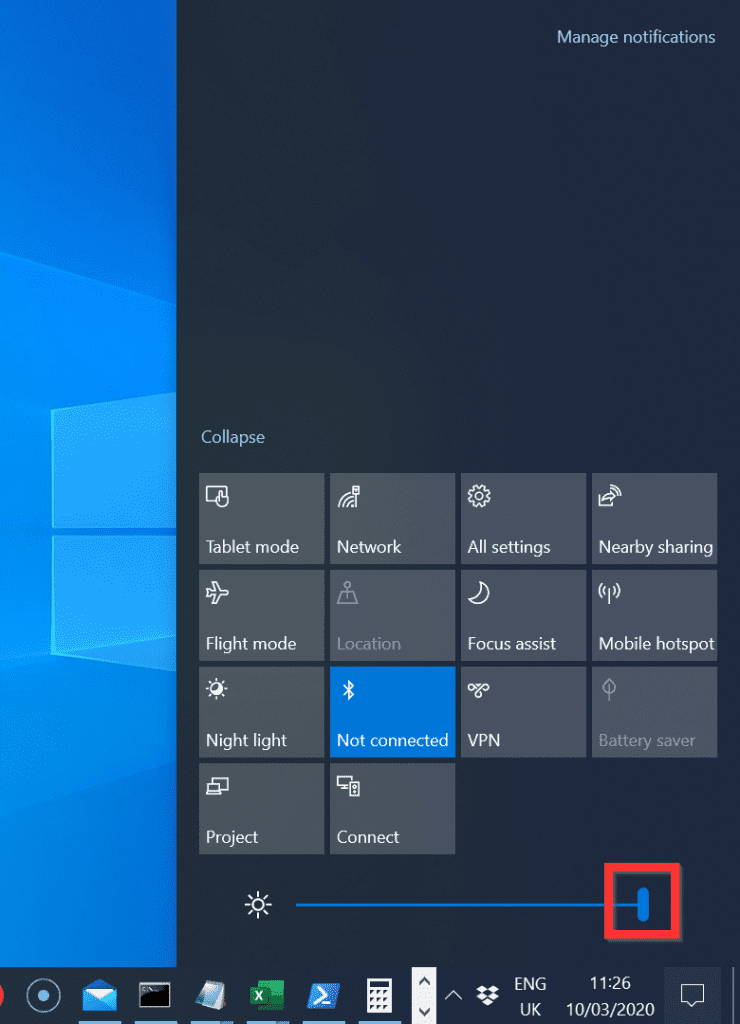
Under the “Brightness and Color” section in Windows 10, look below the Brightness slider and uncheck the box beside “Automatically adjust contrast based on the displayed content to help improve battery” or “Change brightness automatically when lighting changes.” If you see both options, uncheck both. In Windows 11, click “System” in the sidebar, then select “Display.” When the Settings app opens, in Windows 10, click “System,” then select “Display” in the sidebar.

Or you can right-click the Start button and select “Settings” in the list. When you’re ready to disable auto brightness, first open Windows Settings by pressing Windows+i. How to Disable Adaptive Brightness in Windows 10 or 11 Depending on which of these features your Windows PC supports, you may see one or two check boxes to control these options in Settings, which we’ll cover below. This way, you can turn off the extension on websites that support dark mode. Restart the computer and see if this fixes the Windows screen brightness control problem. Follow the instructions and see if it finds and fixes any problems. Tap or click All Settings Figure displaying.

By removing it, the extension does not alter the website brightness at all. Find 'Hardware And Devices' under 'Find and fix other problems', select it and click 'Run the troubleshooter'. Adjusting brightness in Windows 10 Swipe-in from the right edge of the display to access the Action Center.

You can add or remove a website from the popup interface. Microsoft calls this feature “ content adaptive brightness control,” or CABC. You can now increase or decrease the brightness level from the popup interface or by configuring custom keyboard shortcuts 2. Also, some PCs allow automatic changes in brightness depending on what you’re viewing on your screen, which helps save battery life.


 0 kommentar(er)
0 kommentar(er)
